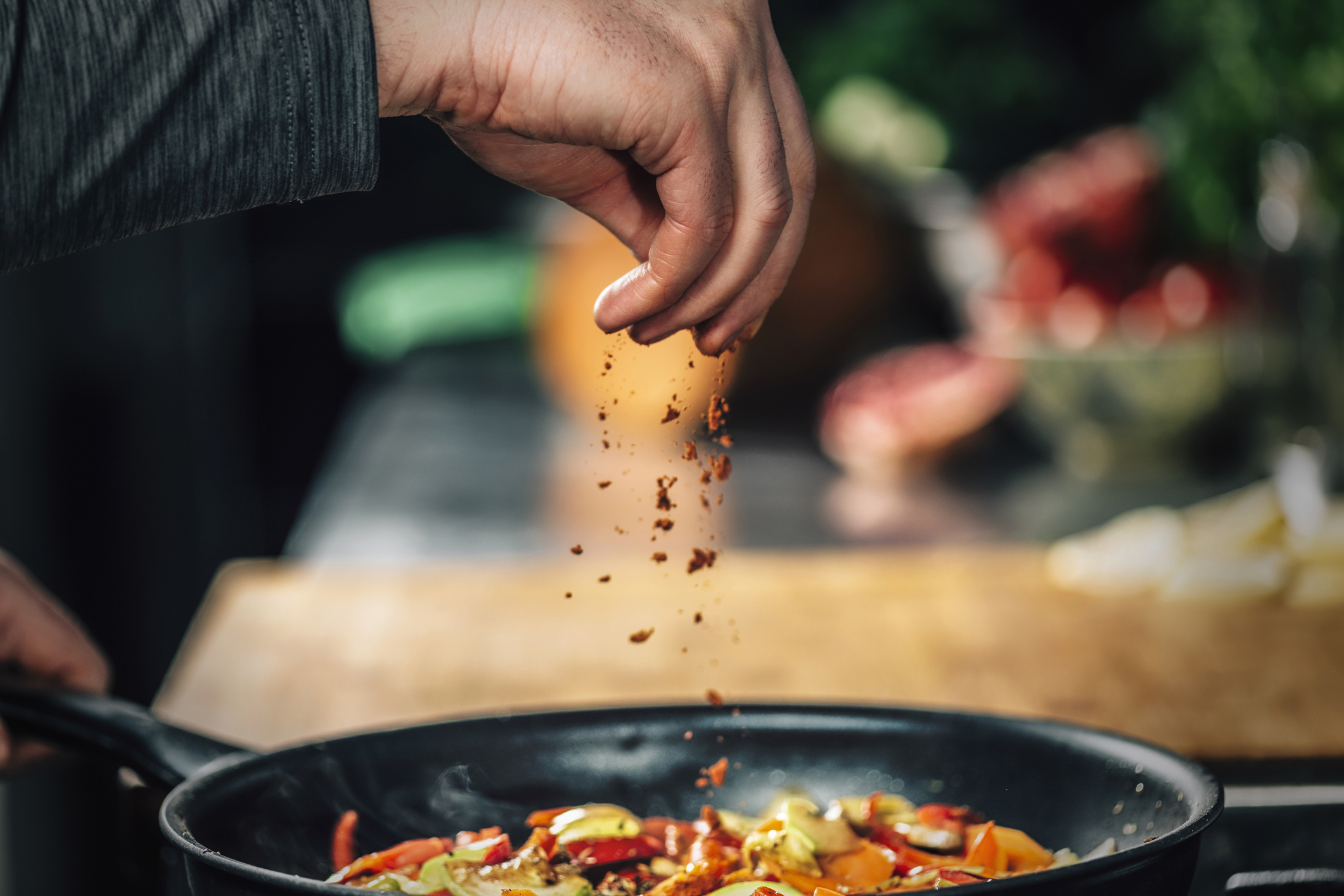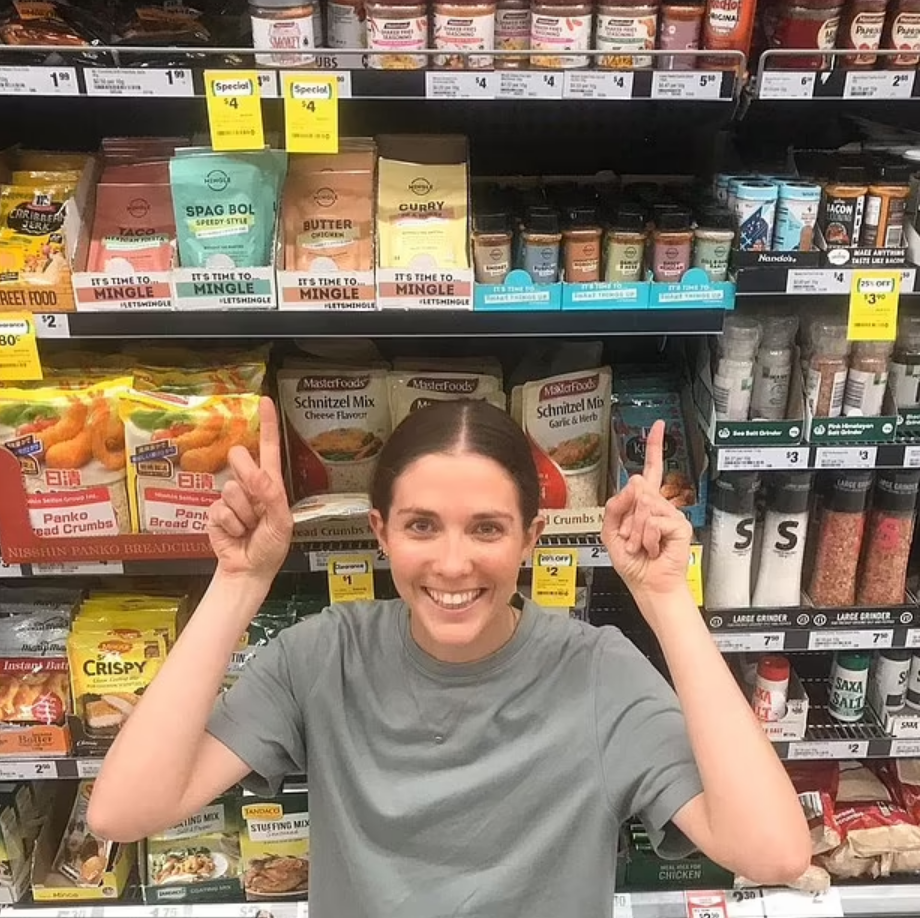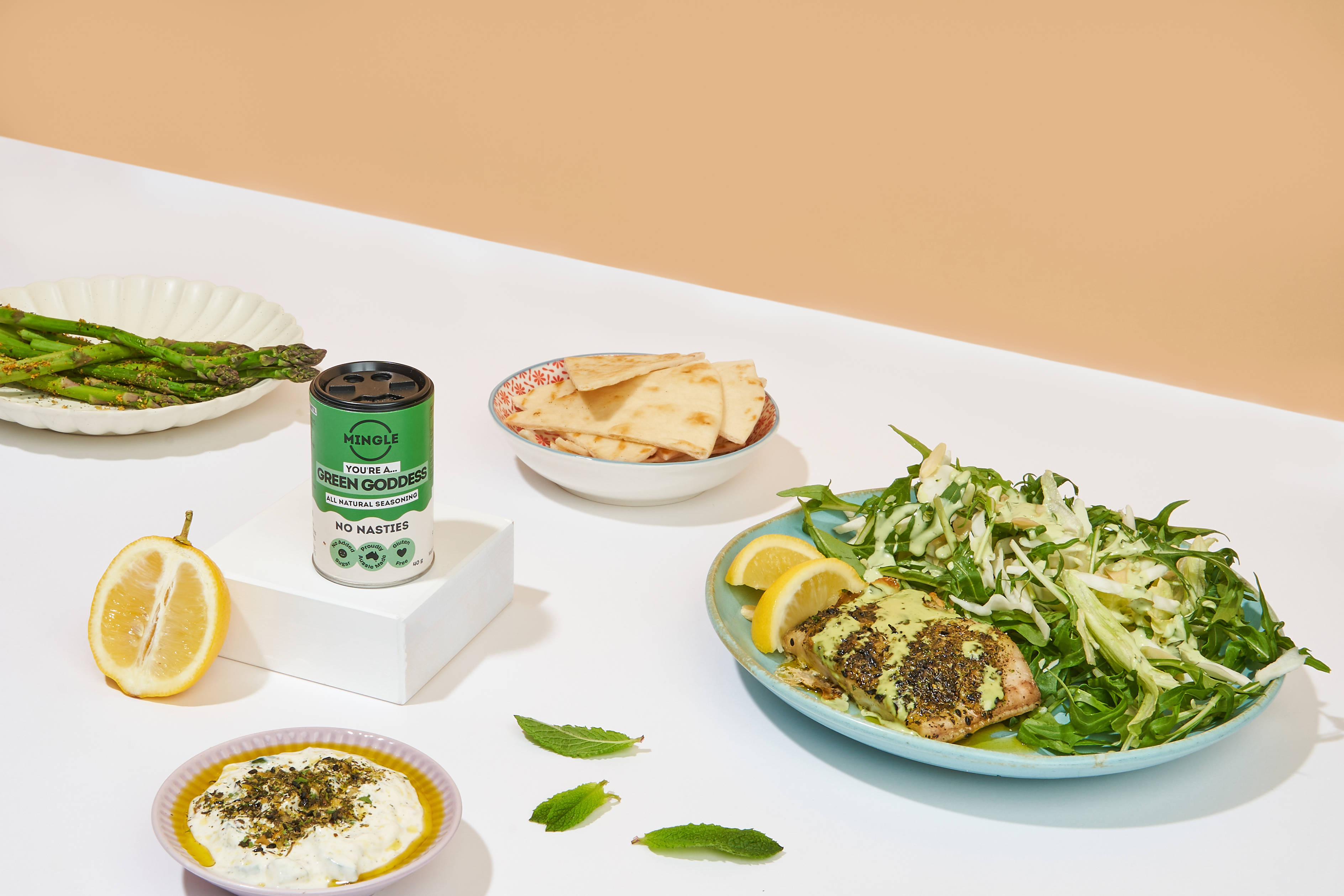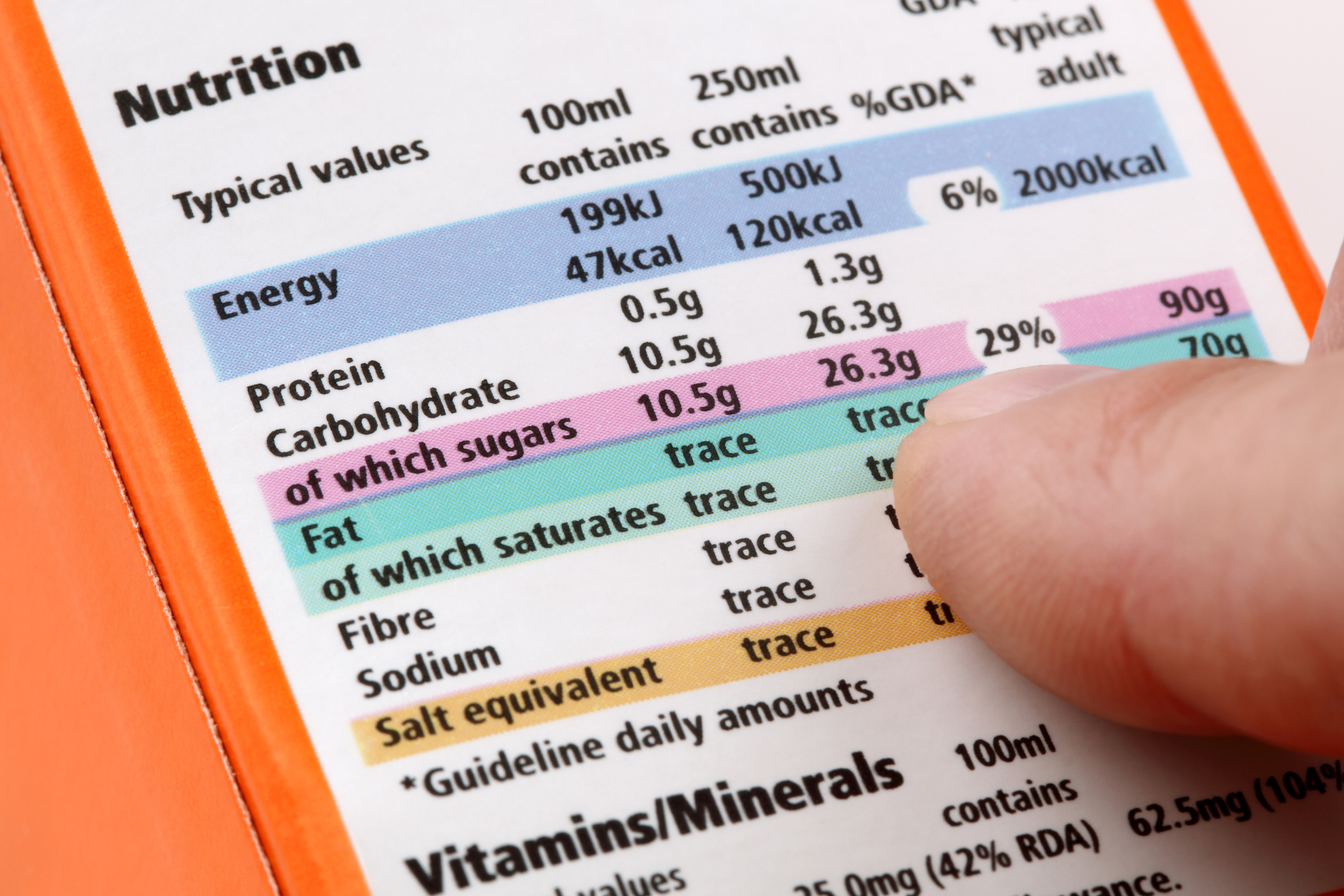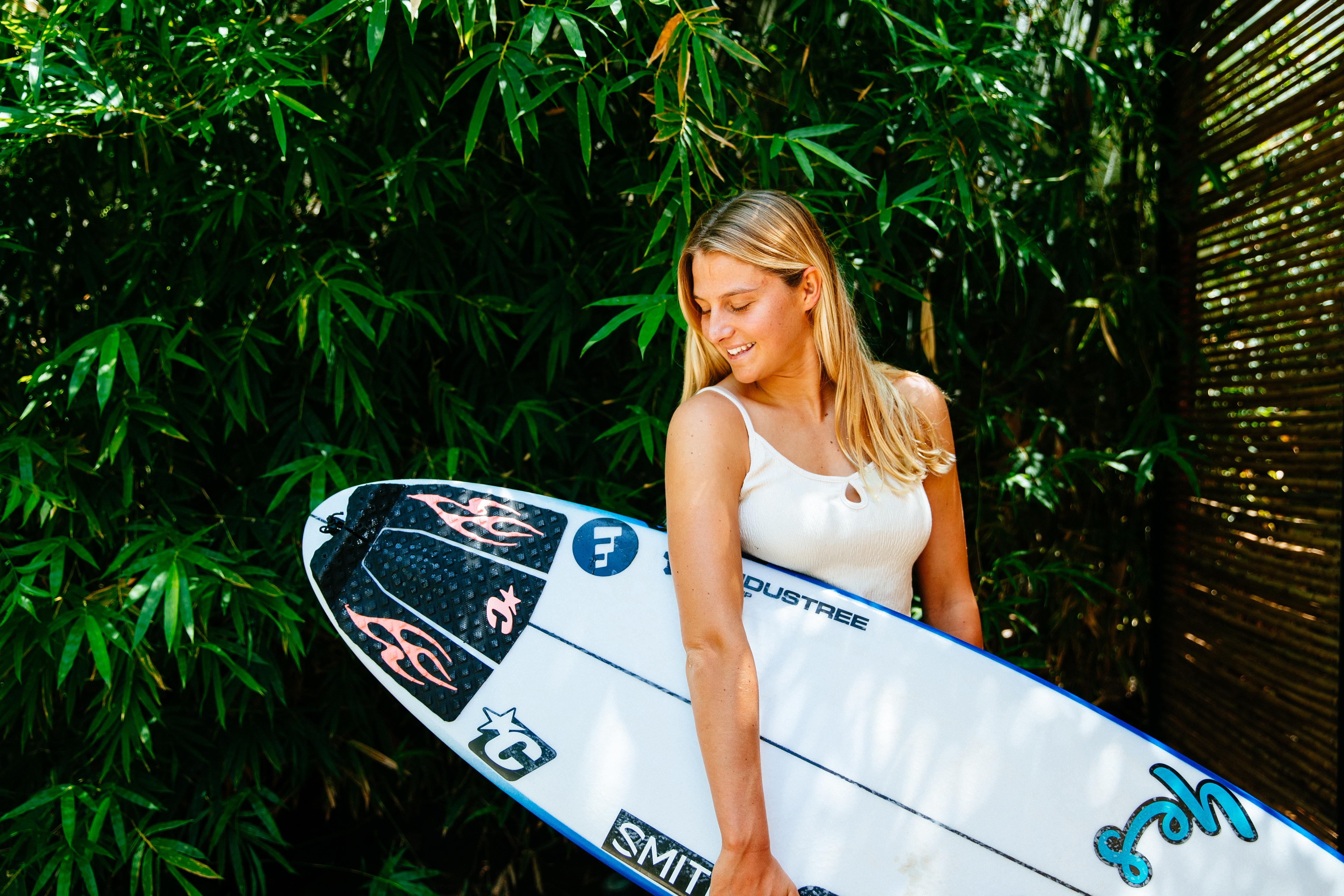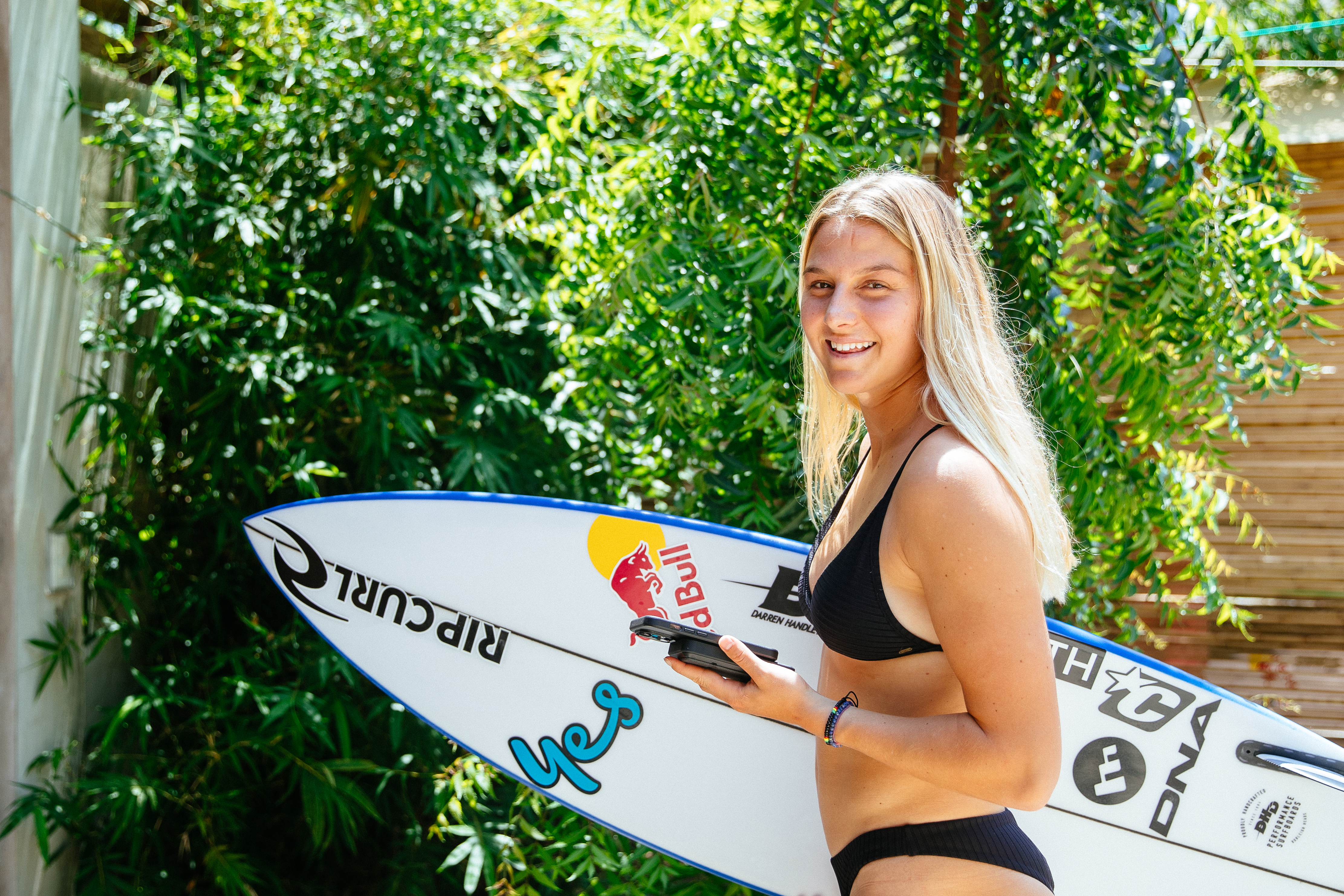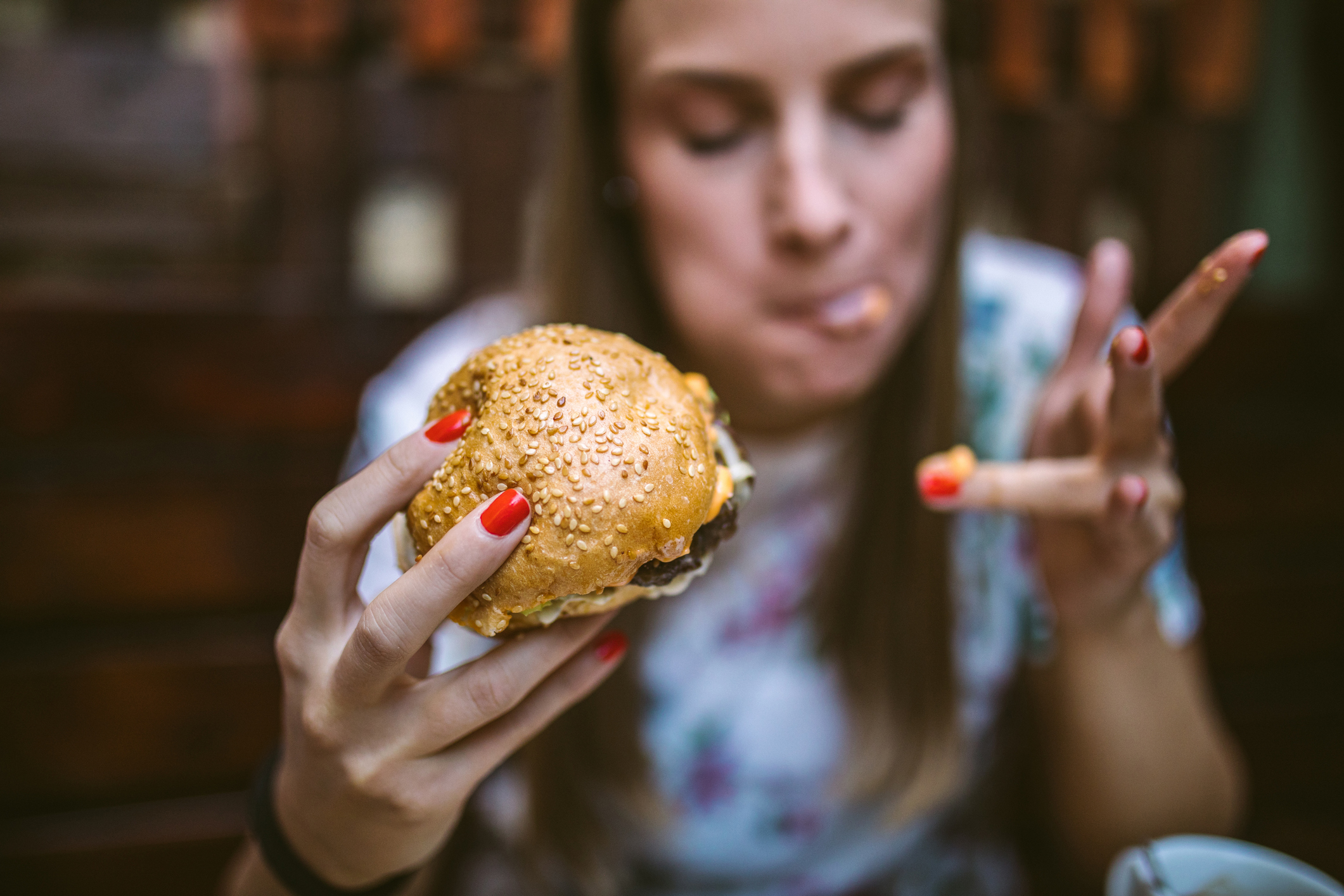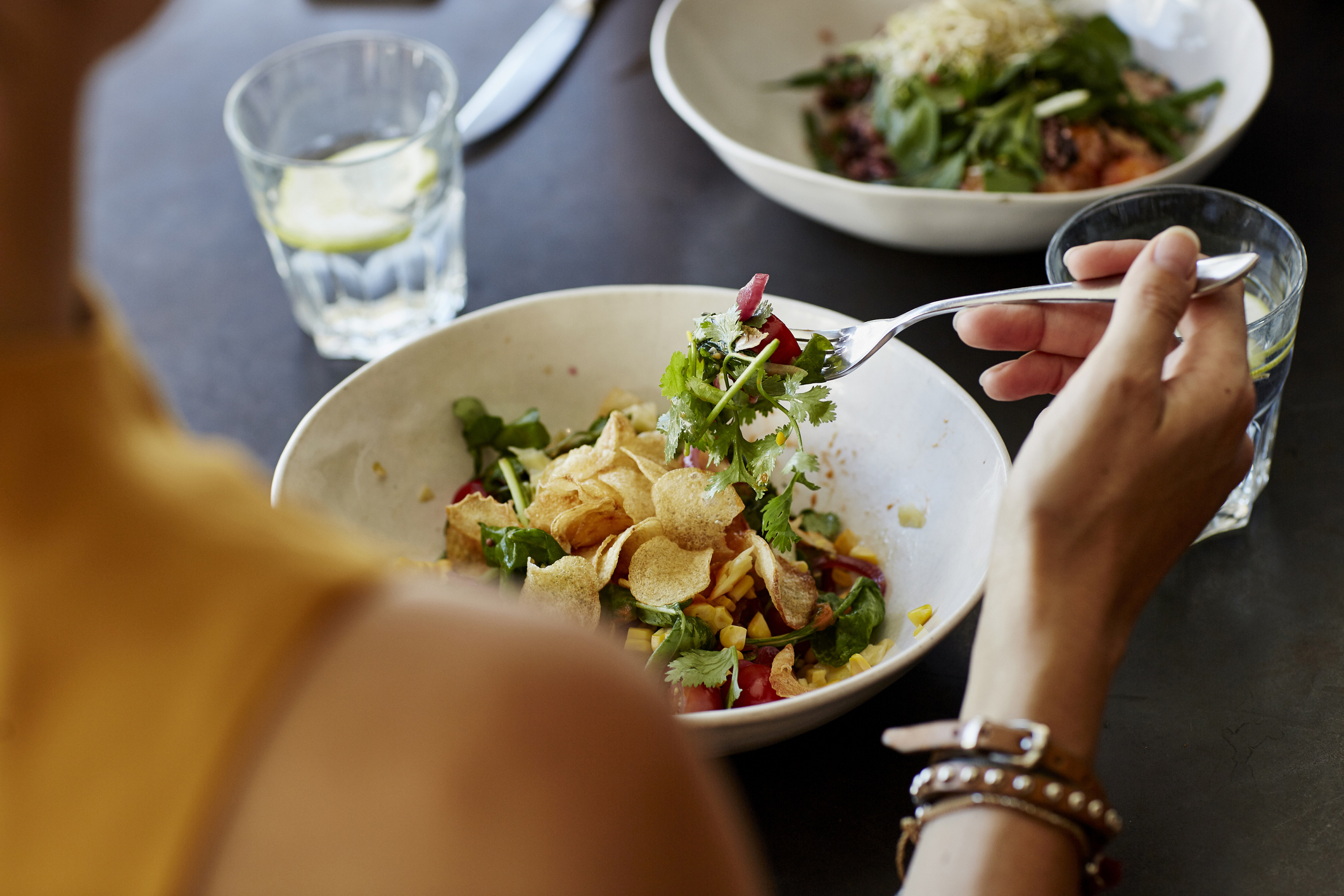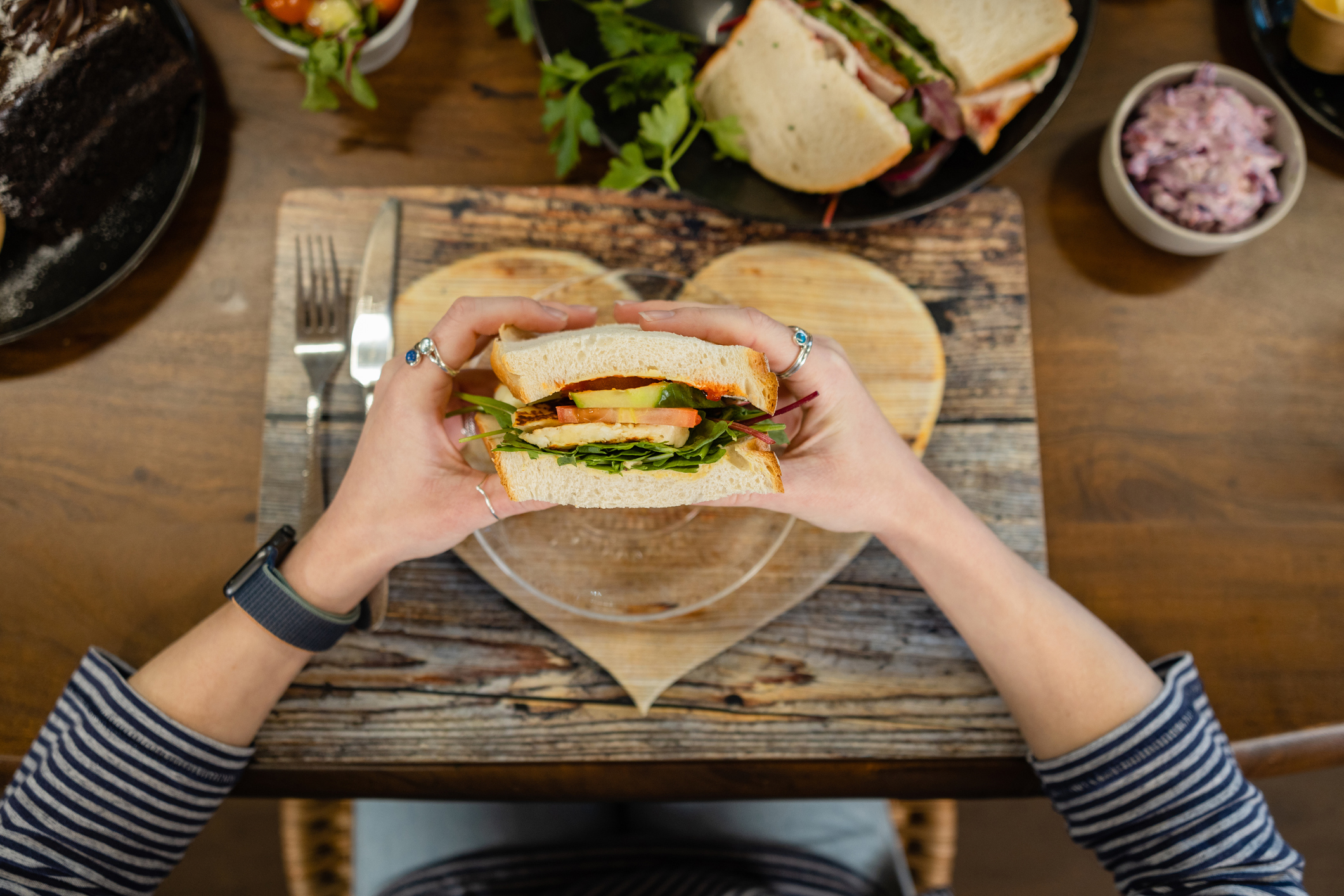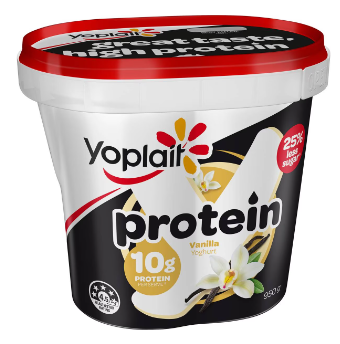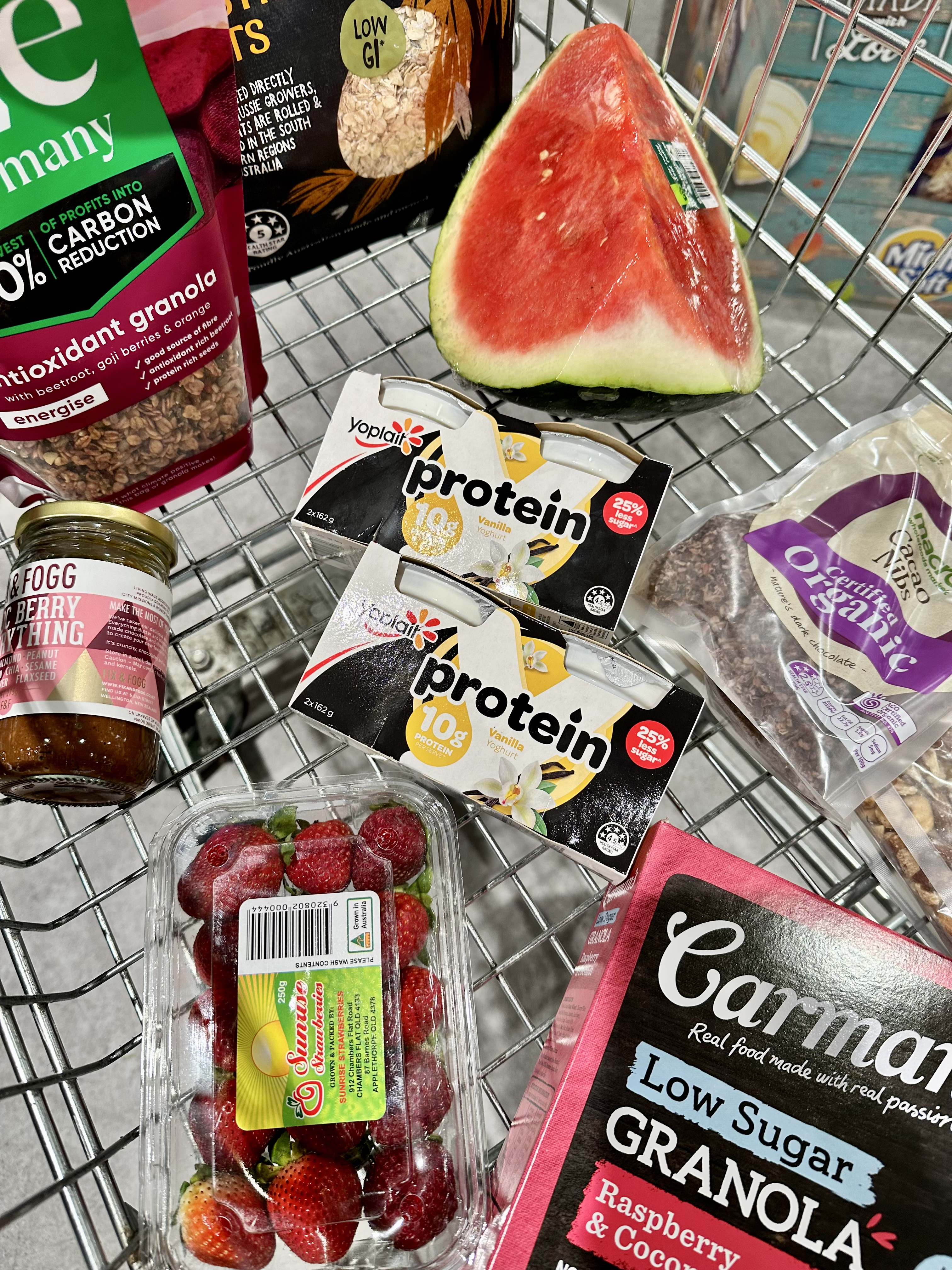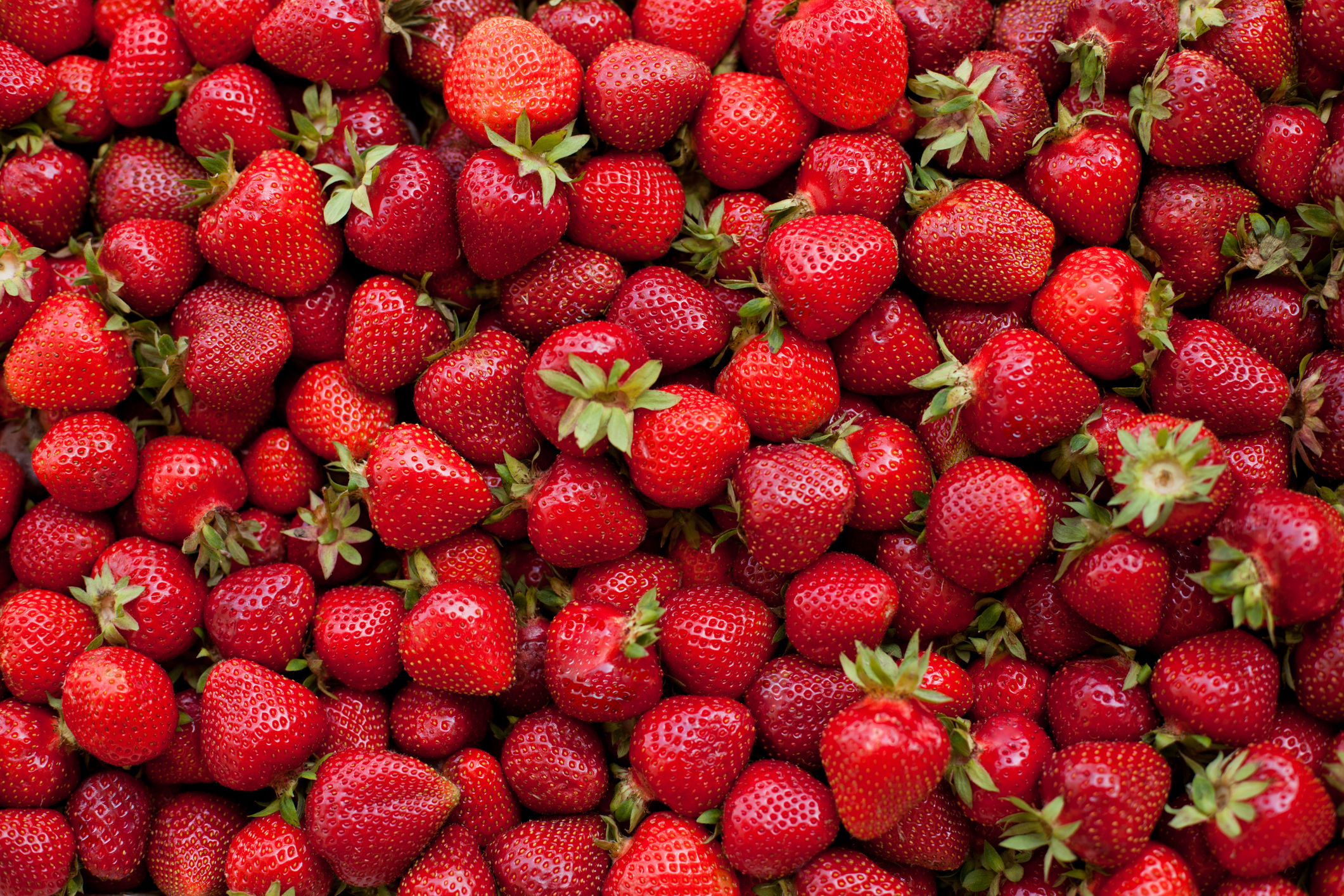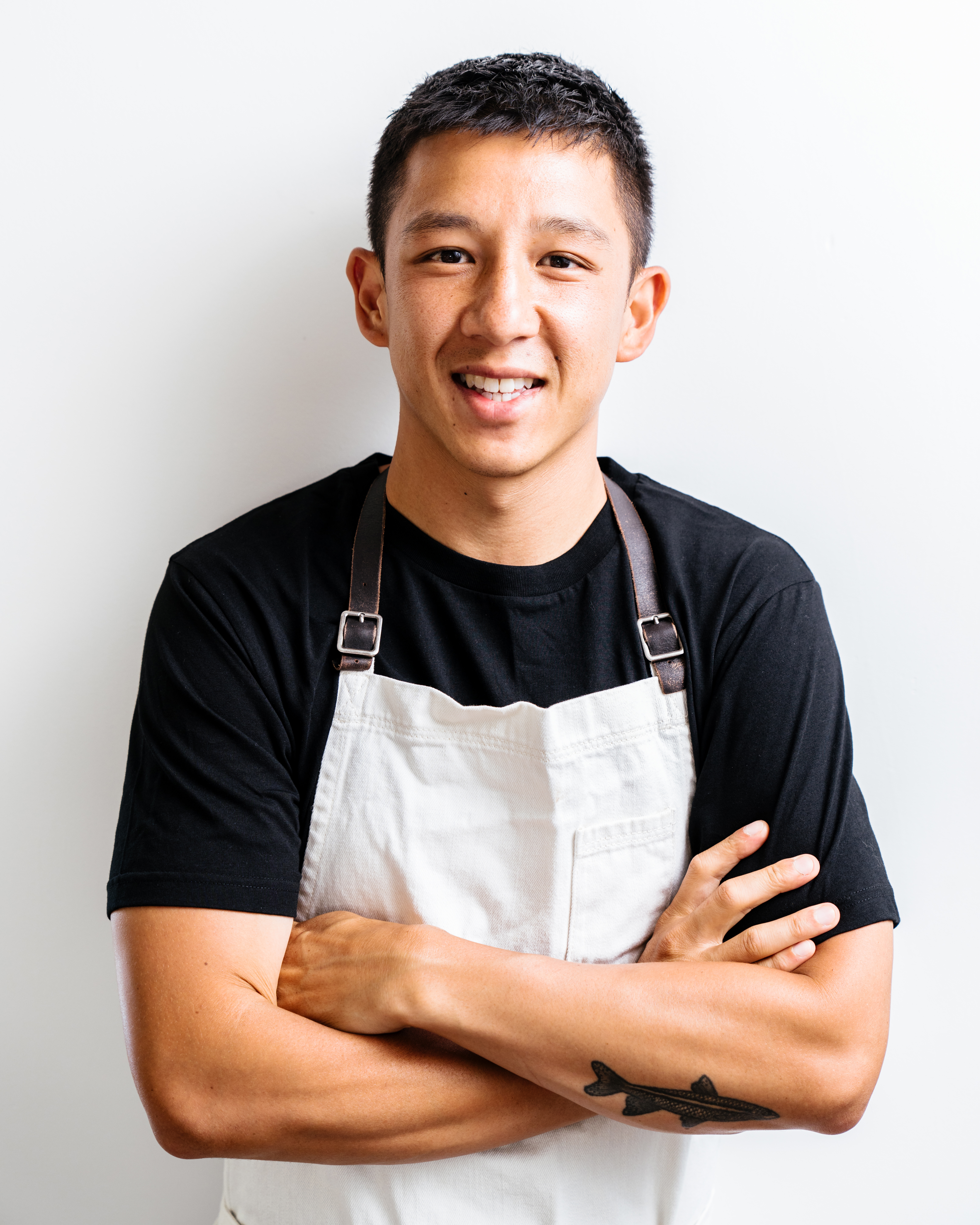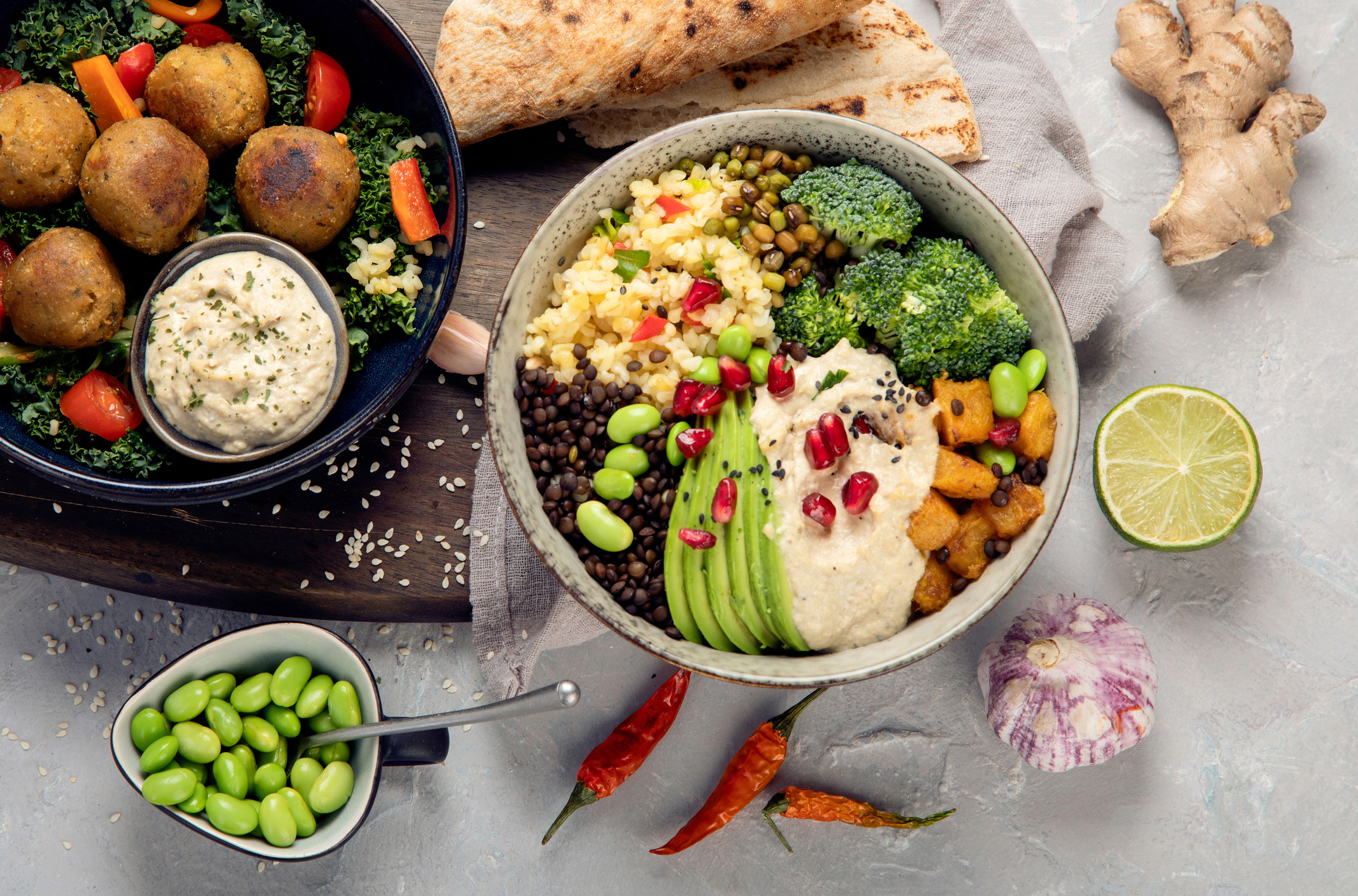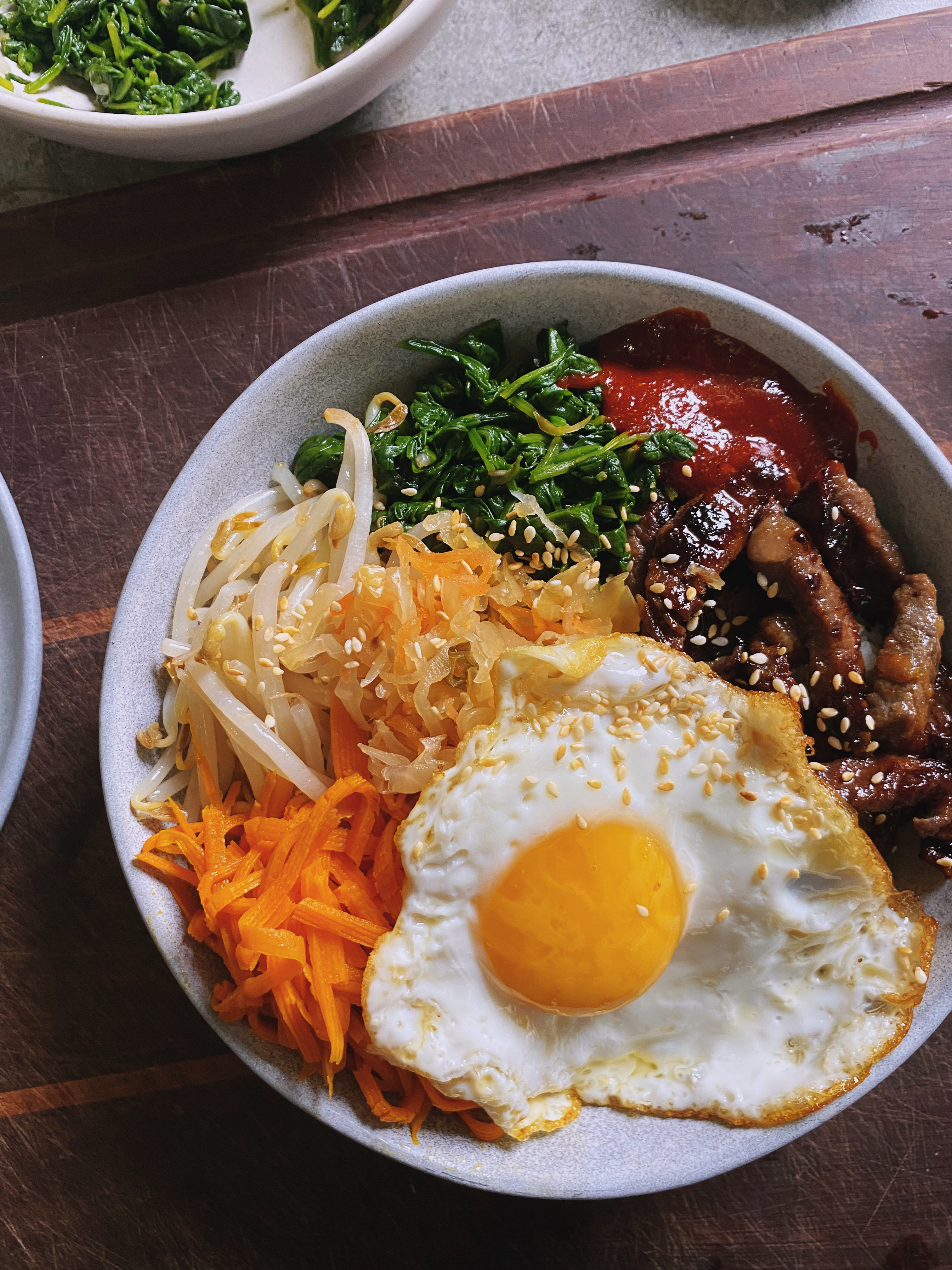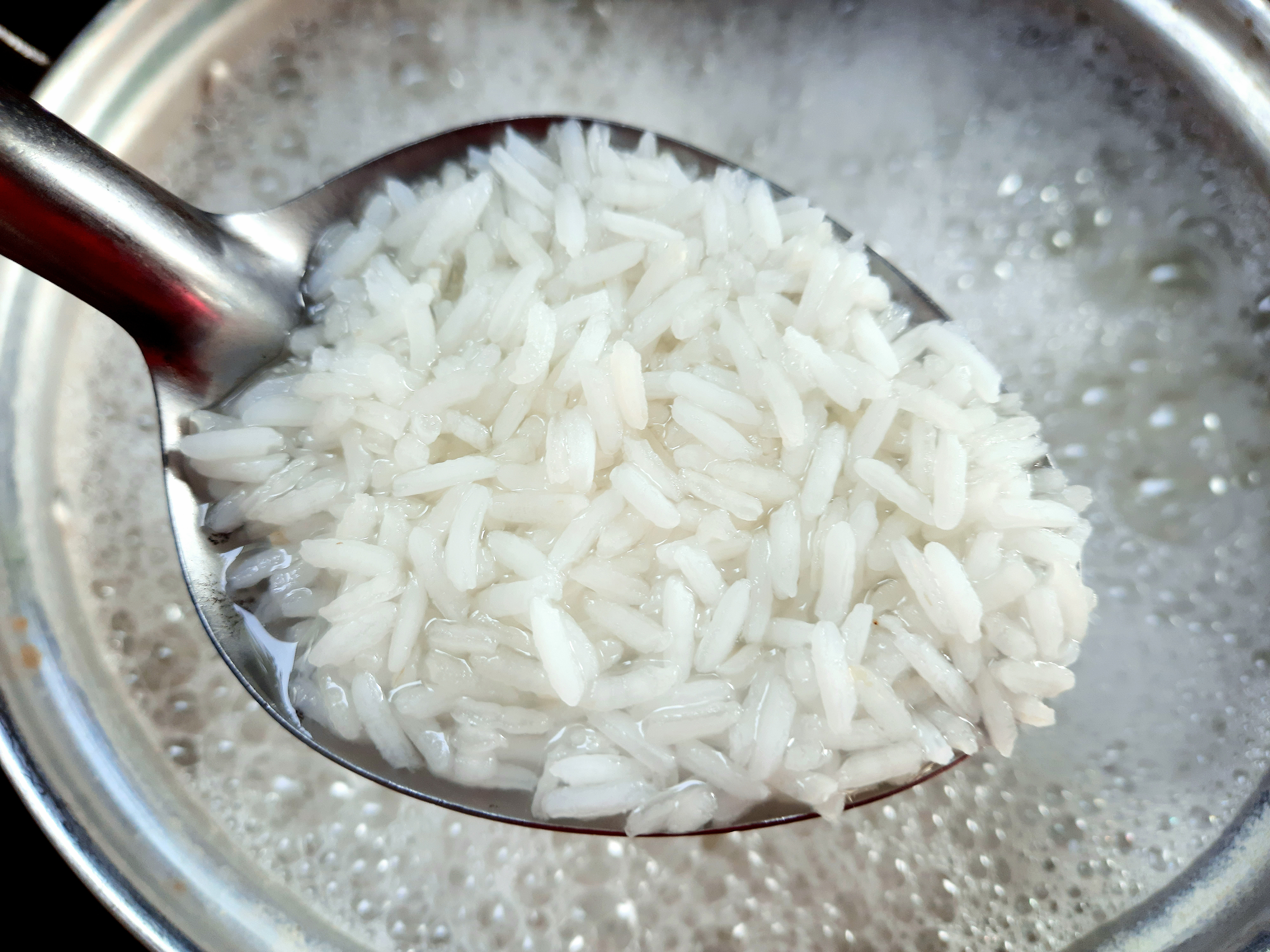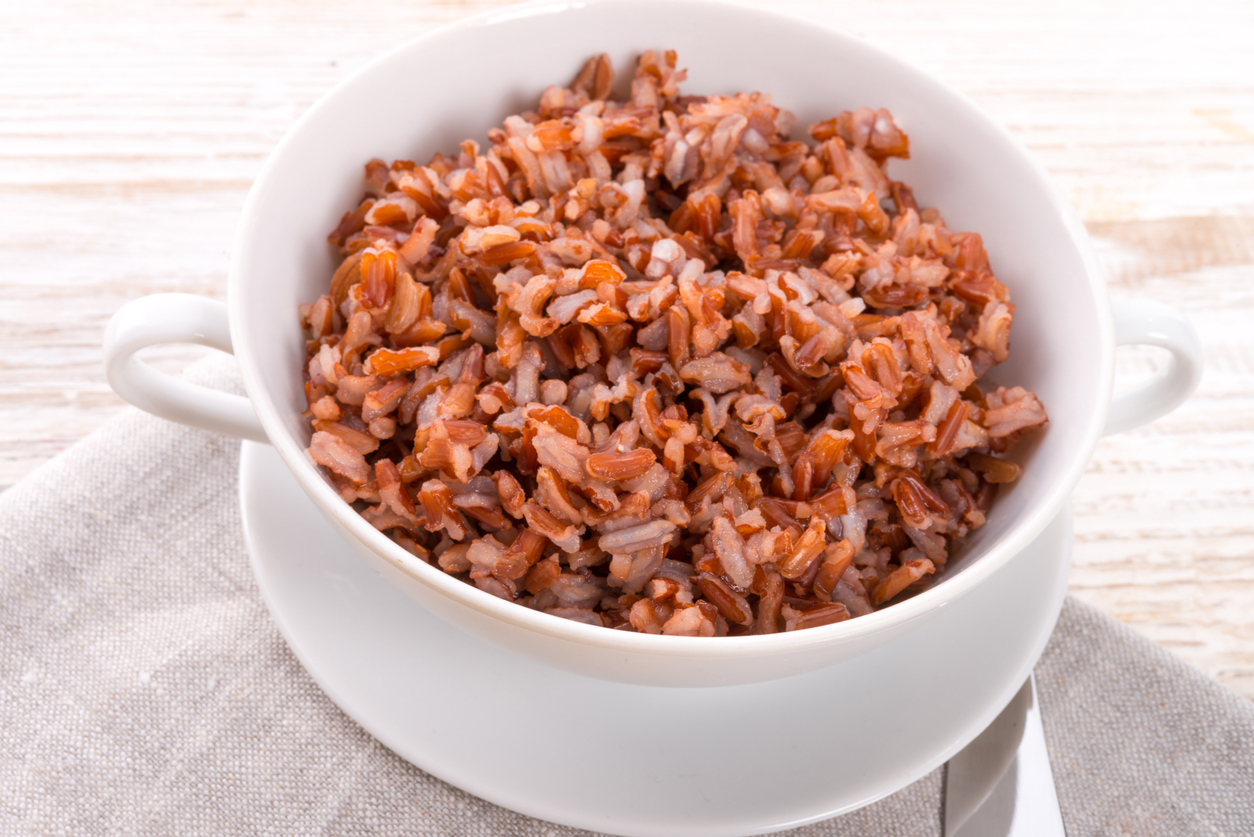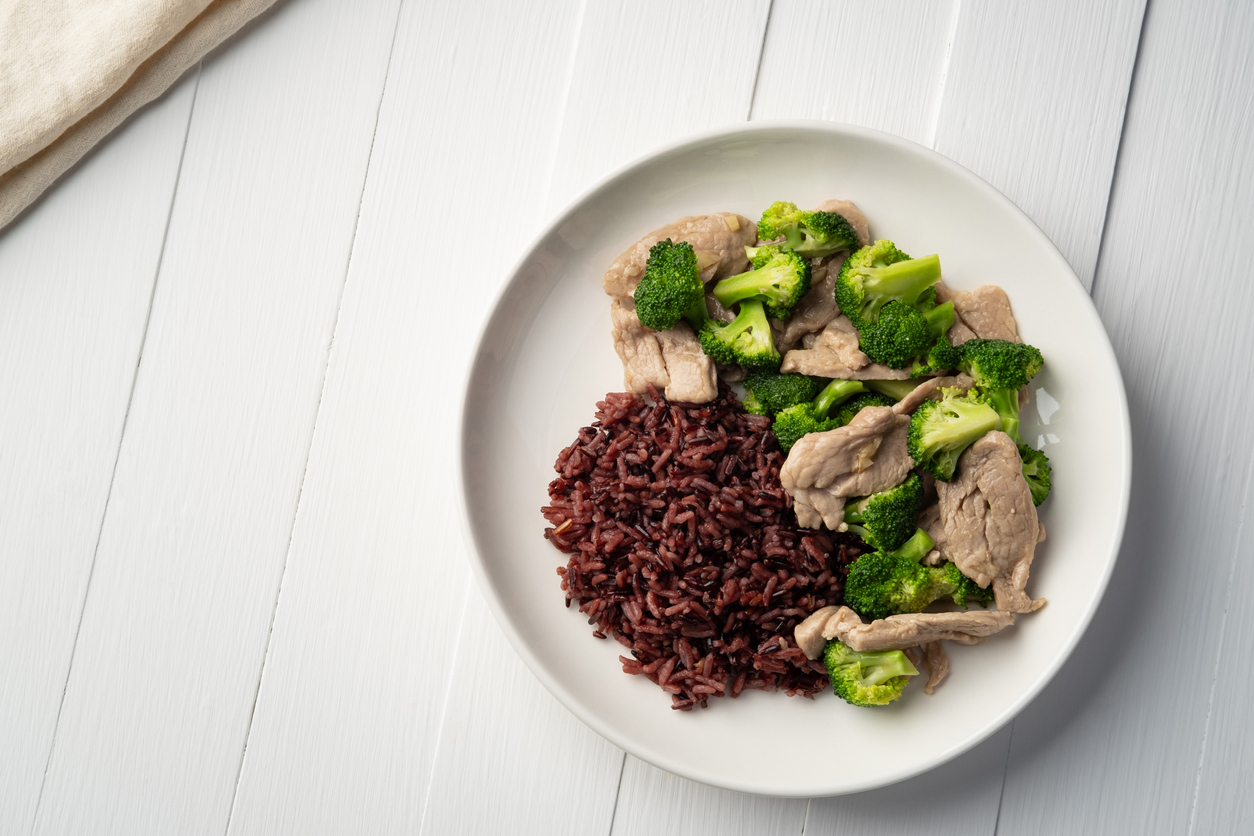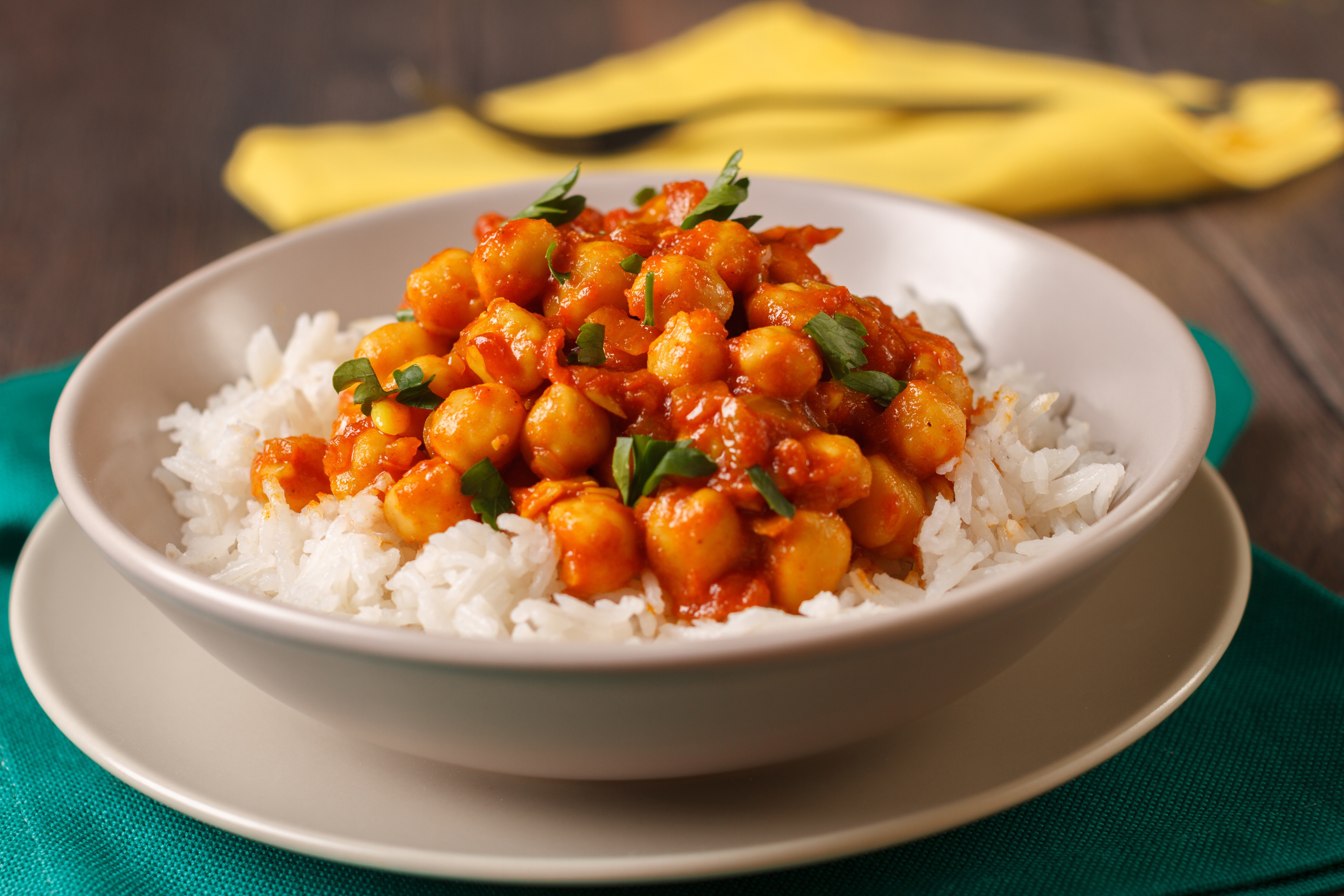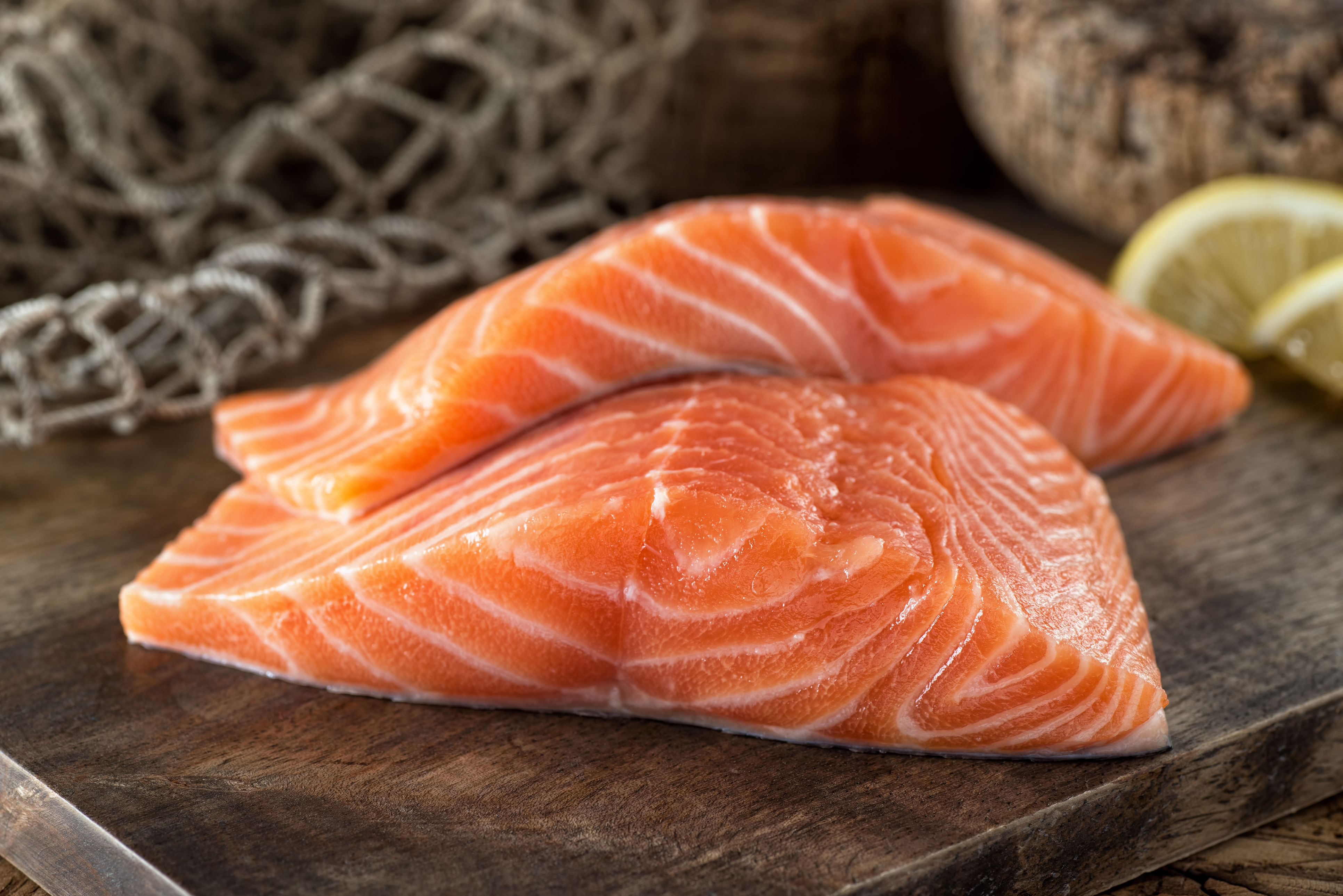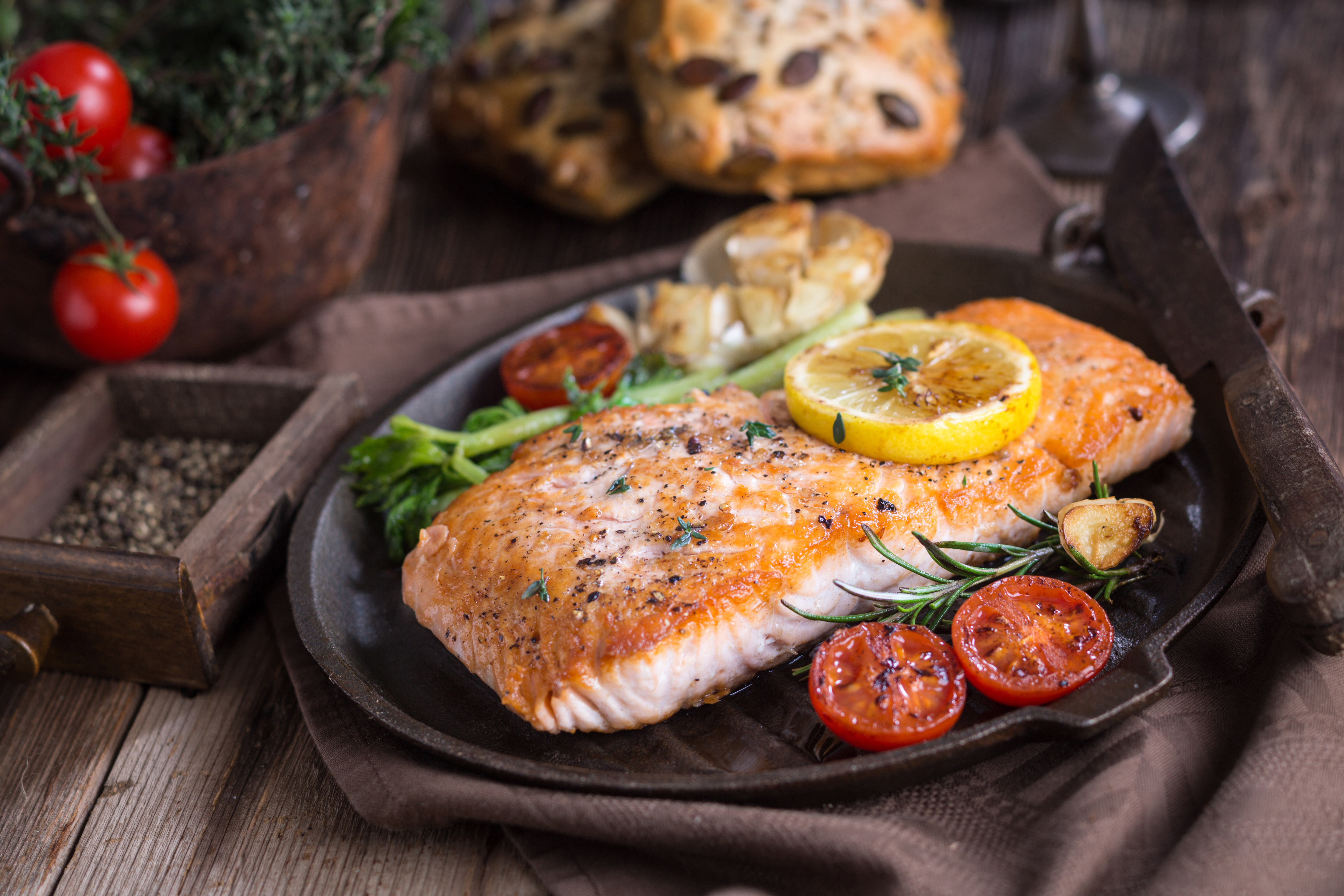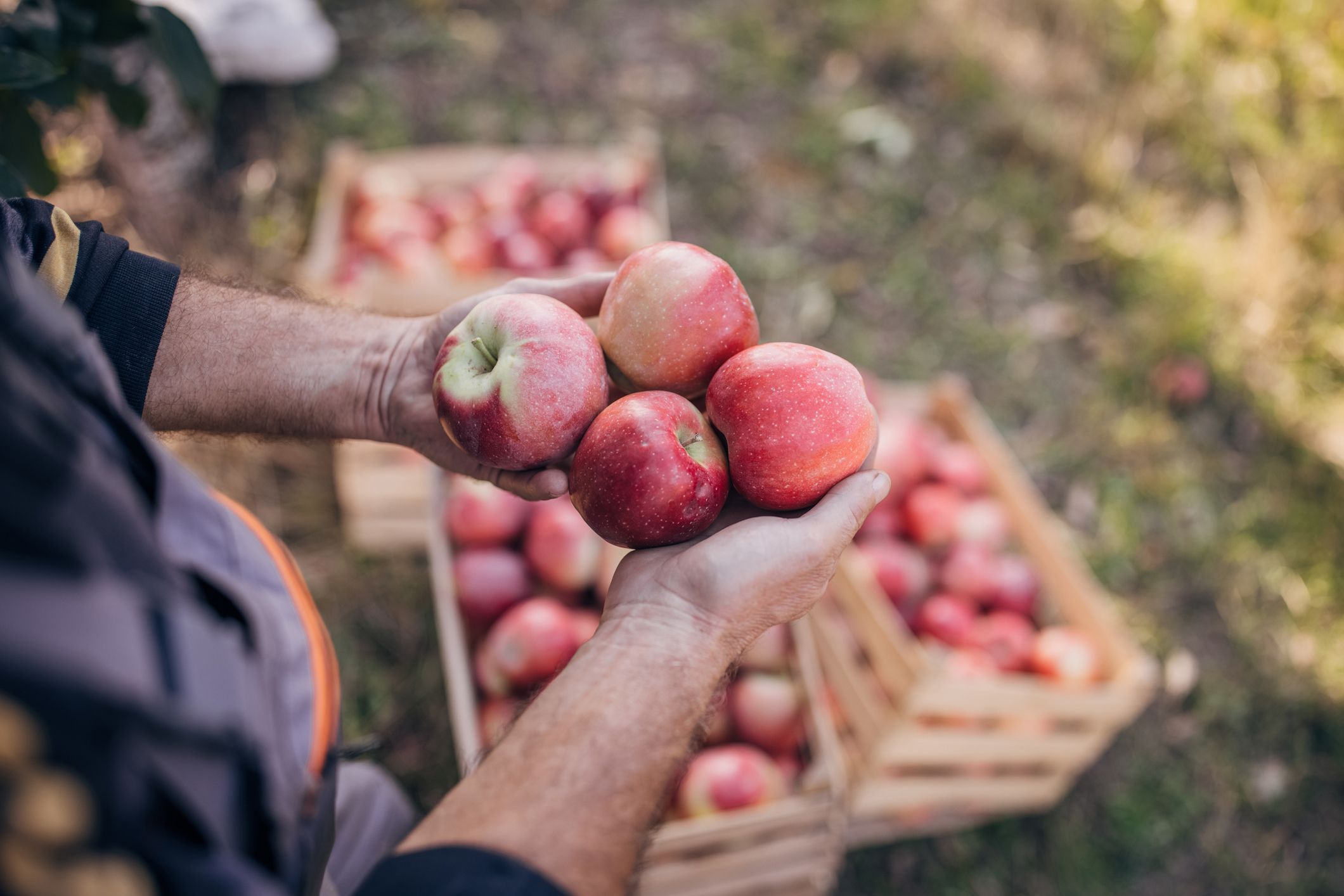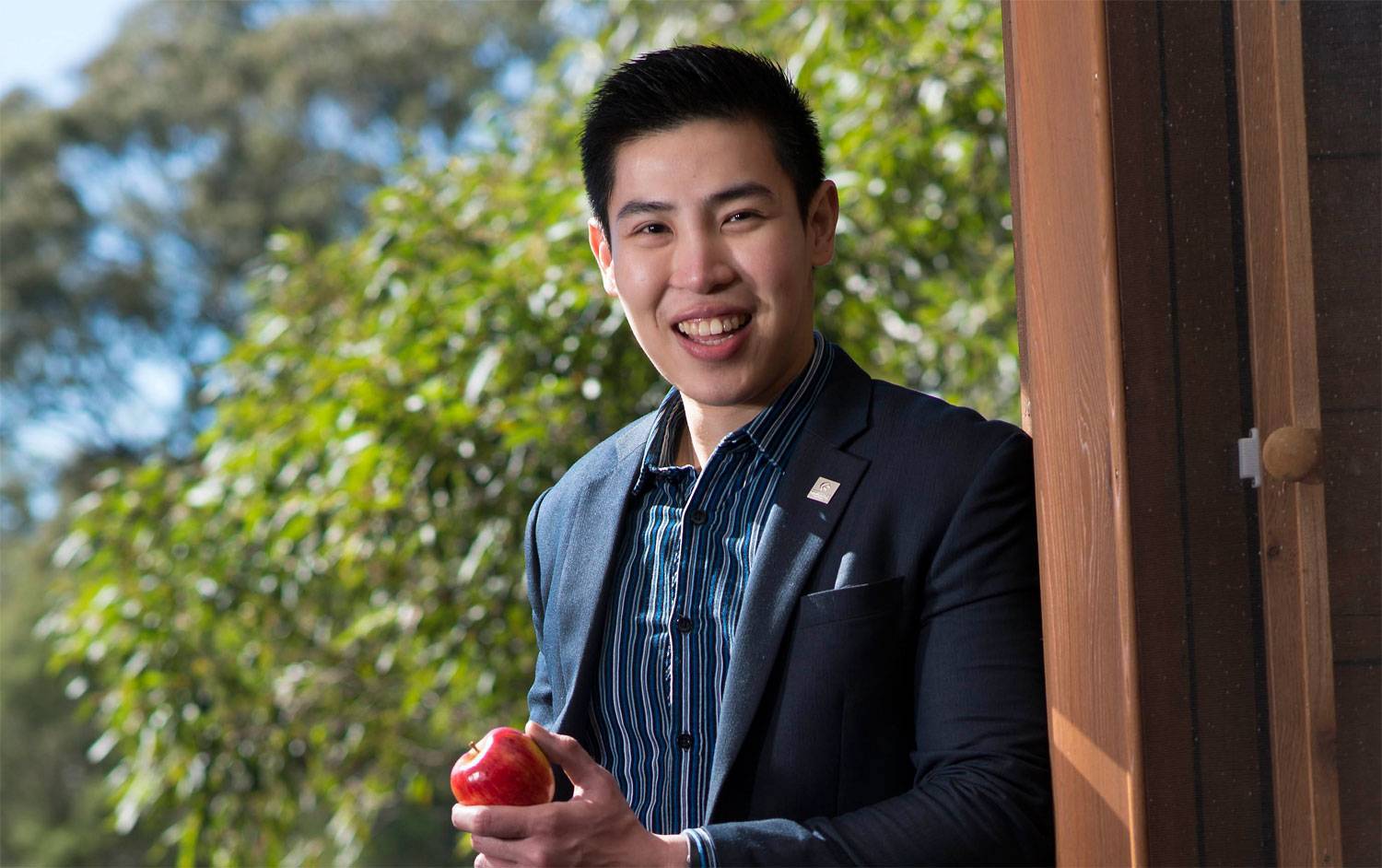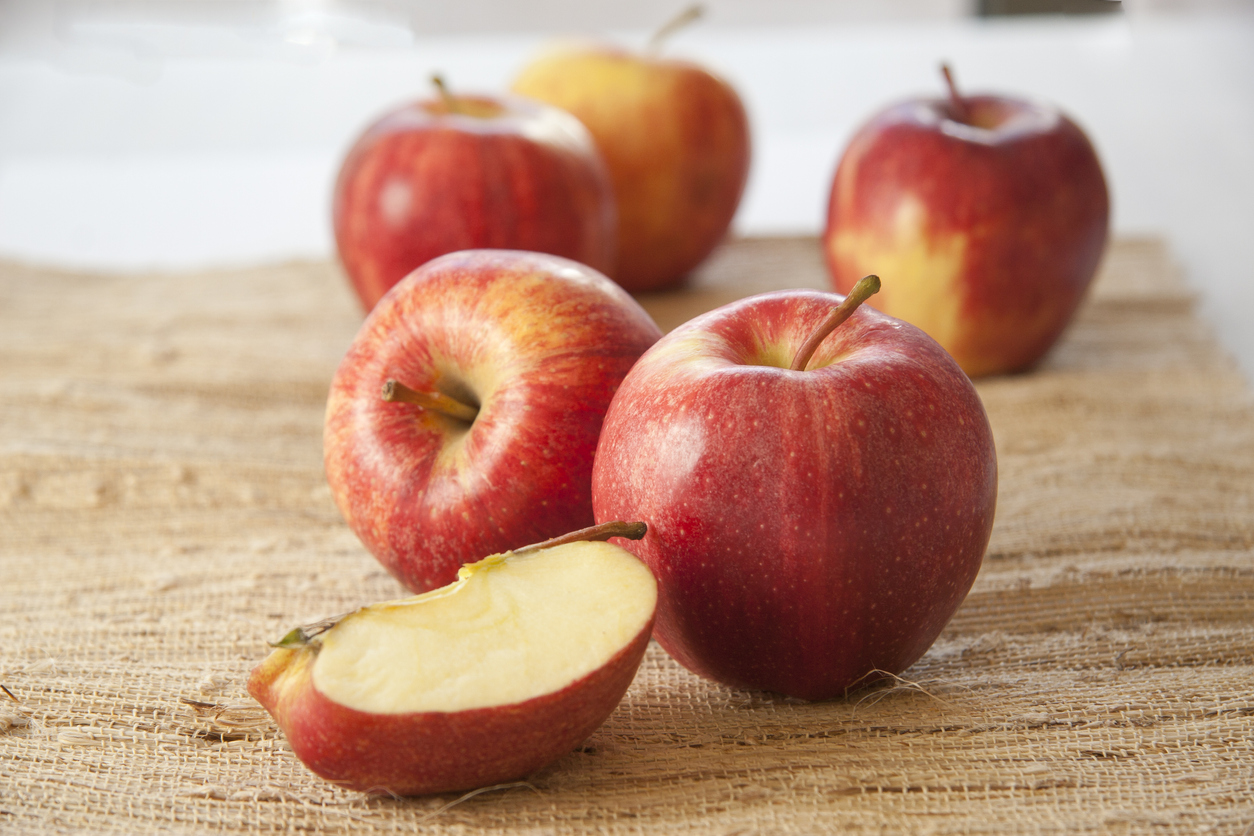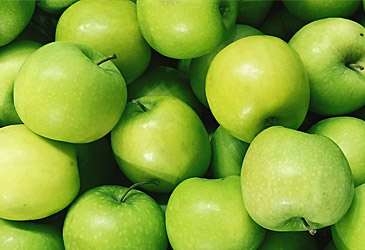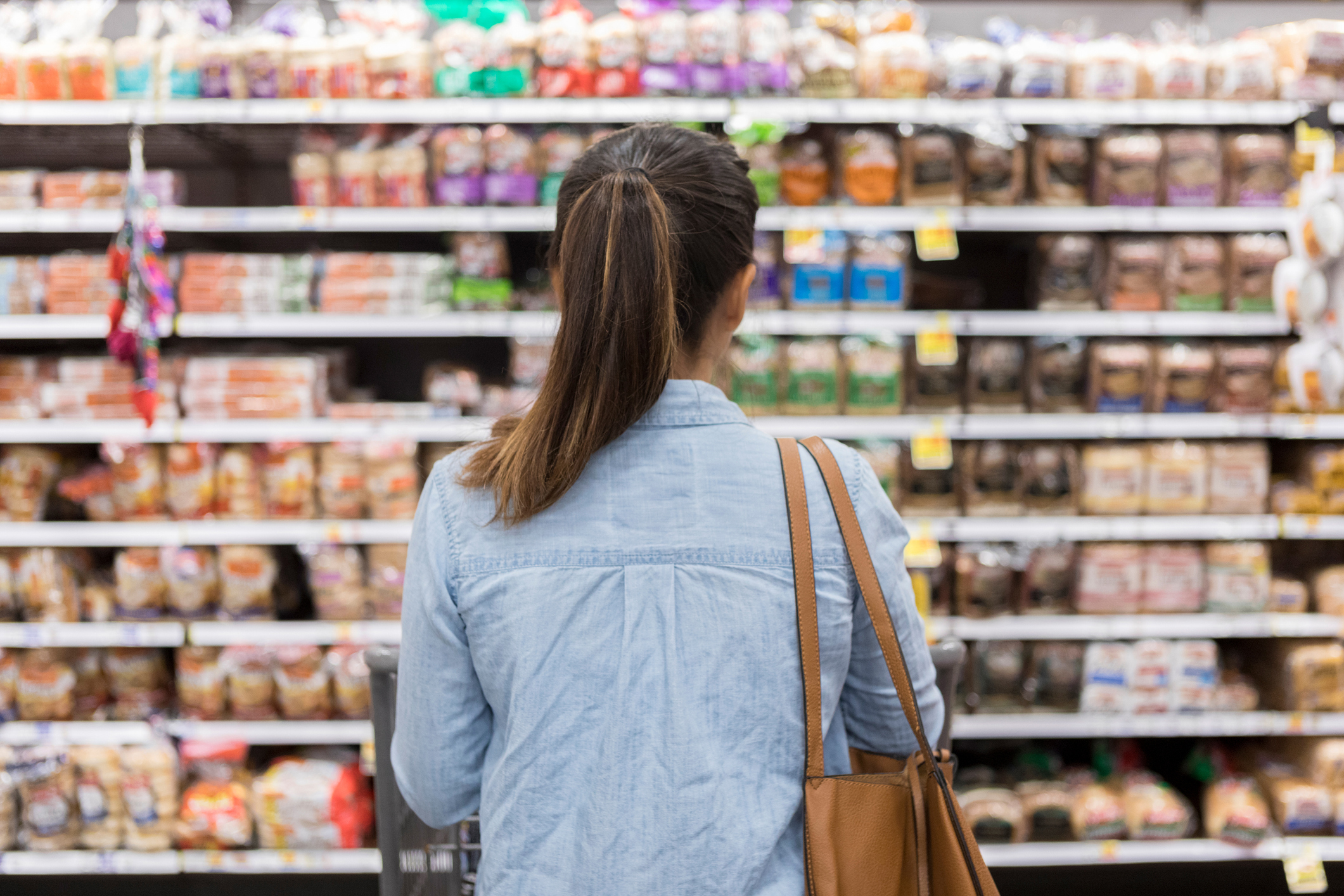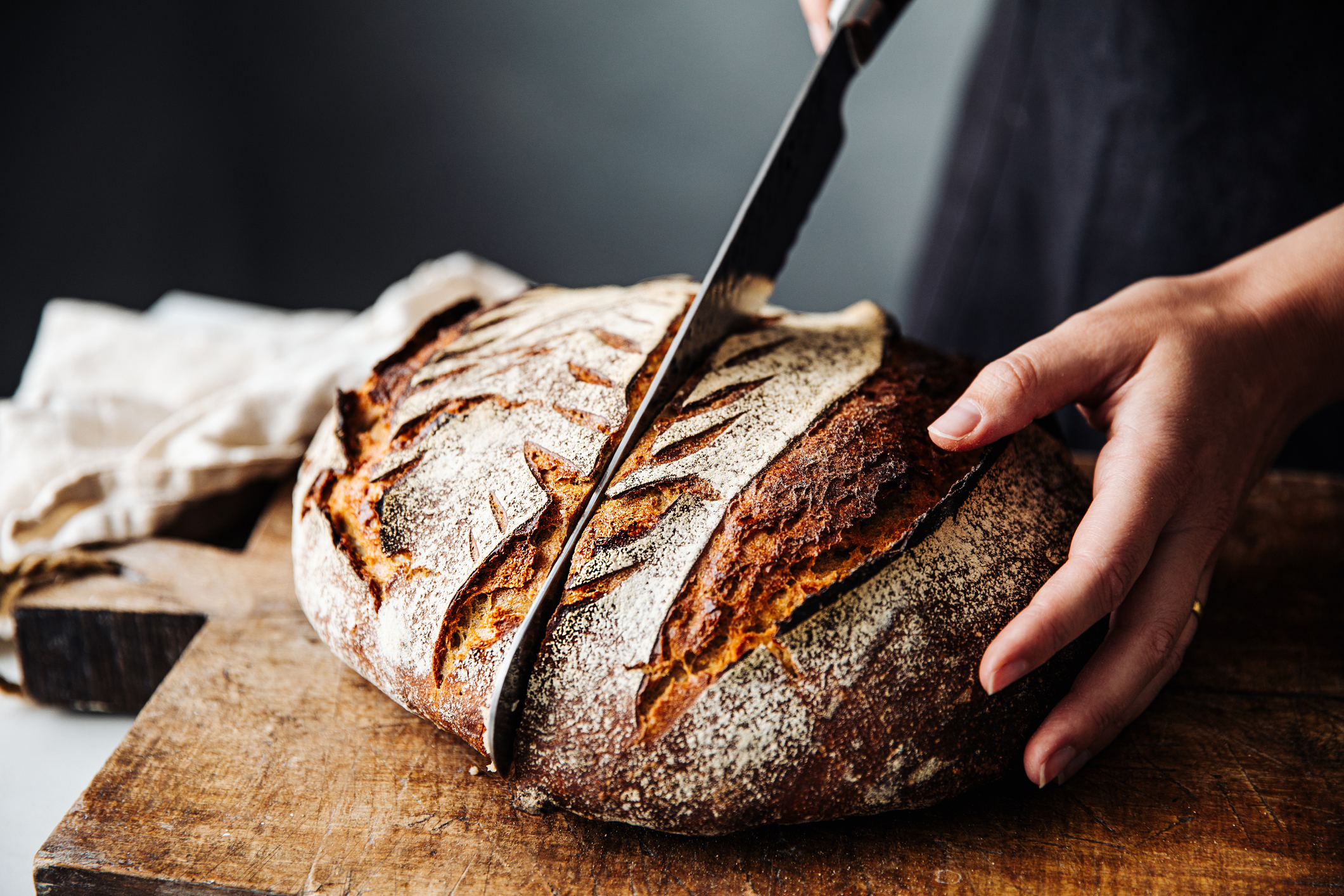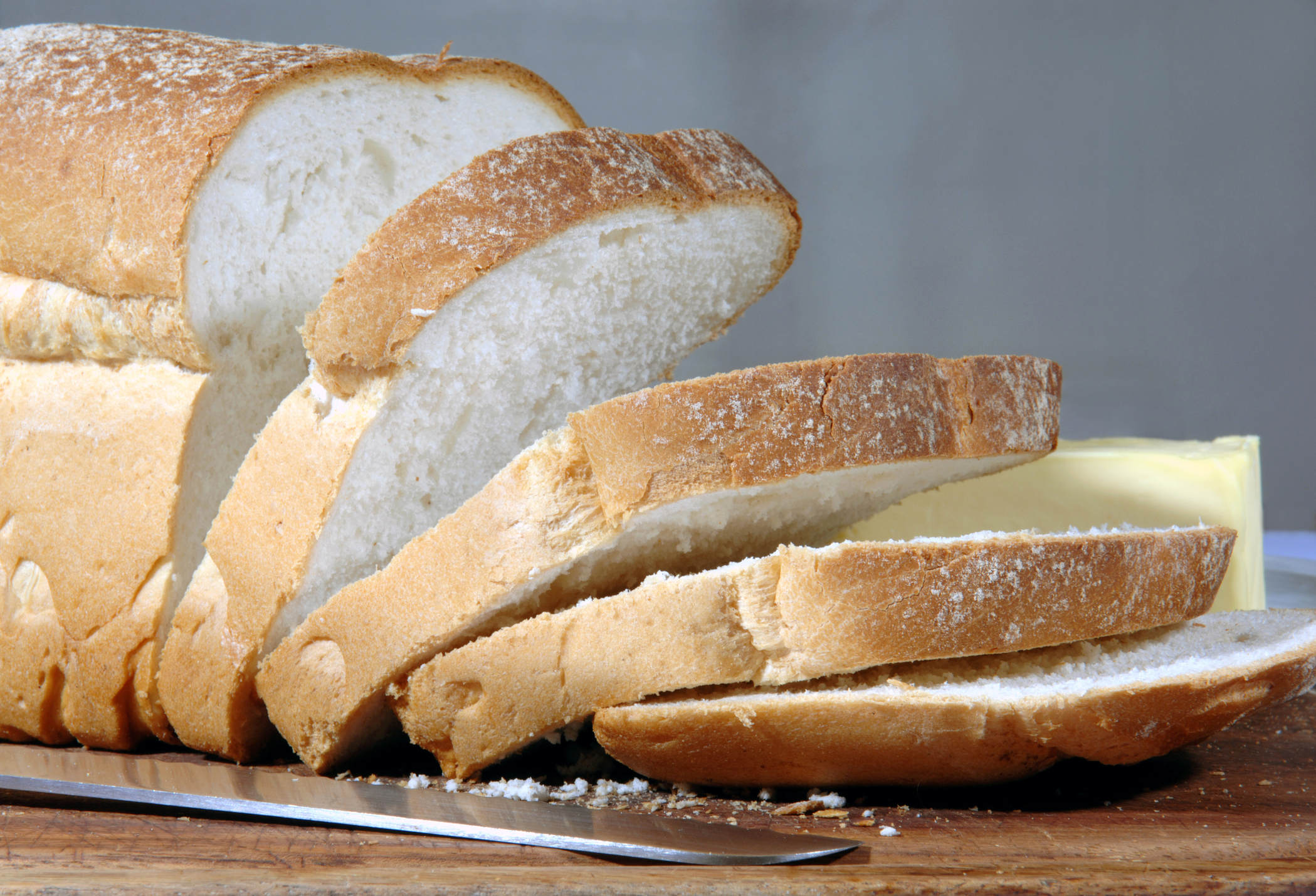When you’re trying to cook dinner but you’re constantly short on time, it’s easy to fall back on pre-made seasoning mixes.
From taco seasoning sachets to butter chicken sauce, these shortcuts make it way easier to throw together a tasty meal.
But if you flip over the packet to read the ingredient list, you’ll find a lot of not-so-great ingredients hidden in there.
READ MORE: The reality behind TikTok fitness trends
That’s exactly what happened to then 25-year-old Aussie Jordyn Evans back in 2016, a move that eventually led to her creating her own food seasoning business called Mingle.
“Seasoning was my secret weapon – a flavour explosion that I’d sprinkle on chicken and veggies to make them sing. But this time, I decided to peek at the label,” she tells 9Honey Coach.
After seeing that the seasoning she’d been putting on her “healthy” lunches was full of sugars, additives, unnecessary flours as fillers, high amounts of sodium and unnecessary refined vegetable oils, she went on the hunt for something better.
But there was nothing in the supermarket.
“I had this vision to create a pantry brand that was not just healthier but also fun, full of personality, and ready to spark cooking excitement,” she says.
With $40,000 in savings, Evans moved back to her parents’ house and created her own alternative seasonings brand, Mingle.
READ MORE: The Aussie surfer set to pick up Olympic gold next year
While a few other brands have begun selling “healthy” seasonings in Aussie stores, only Mingle is stocked in-store at the major supermarket chains.
Other brands to look for online and in specialty stores include Bragg and Sauc’d Lownslow.
According to dietitian Alexandra Guy, these hidden seasoning ingredients should be something every Aussie knows more about.
For a daily dose of 9Honey, subscribe to our newsletter here
“If you pick up a regular taco seasoning in the supermarket, I can nearly guarantee the first ingredient listed will be sugar,” Guy told 9Honey Coach.
“You wouldn’t season fresh meat or vegetables using sugar as your main ingredient, so why choose a seasoning with this being the highest ingredient?”
Evans says that trying to create a seasoning that is full of flavour, shelf-stable, and a healthy option, was a “fascinating journey”.
“By going back to the basics and relying on more spices, we can create a seasoning that’s not just clean but also bursting with rich, genuine flavour.”
READ MORE: ‘Essential’ thing star AFLW player relies on to stay fit
Dietitian Chloe McLeod, founder of Verde Nutrition, says the best thing Aussies can do while shopping is to thoroughly check out the ingredient list of whatever you’re buying.
“Ingredients lists are listed in order of weight, so ingredients listed first make up the majority of the product, she explained. “Aim to avoid products with salt or sugar listed as one of the first three ingredients where possible.”
“Try sticking to as ‘clean’ an ingredients list as possible,” she says meaning that you should know and understand what most of the ingredients are. If you can’t pronounce it, it’s probably heavily processed.
Reading the nutritional panel can also tell you how much of a nutrient is in what you’re eating.
”A good rule of thumb is aiming for less then 120mg sodium per 100g, less than 10g sugar per 100g (or less than 20g sugar per 100g if fruit is listed as one of the first three ingredients), and less than 2 to 3g saturated fat per 100g.
“Remember to always compare products per 100g when comparing content, as the serving size always changes.”
You can see this figure in the right-most column of the nutritional panel.
READ MORE: This renter-friendly tabletop dishwasher will shorten cleaning time
“Too much salt (sodium) can contribute to high blood pressure, or exacerbate high blood pressure – this is particularly important for those with a history of heart disease,” says McLeod.
“Too much salt can also impact our gut health, so we don’t want to over-do it.”
“Fillers mean we end up with less of the nutrient-rich foods and ingredients which we gain beneficial health effects from, such as the example of herbs/spices in seasonings – they’re also just unnecessary.”
“We want to focus on eating a diet based on whole foods as much as possible – one of my favourite quotes is, ‘Eat good food, not too much, mostly plants’.”
This article does not replace specific medical advice from seeing a medical professional. If you have questions about your body specifically, seek advice from your doctor.
